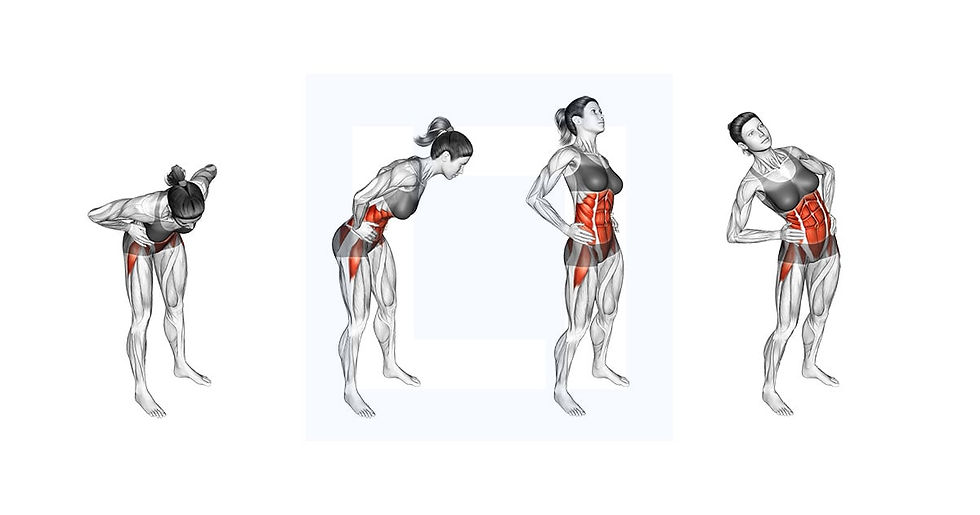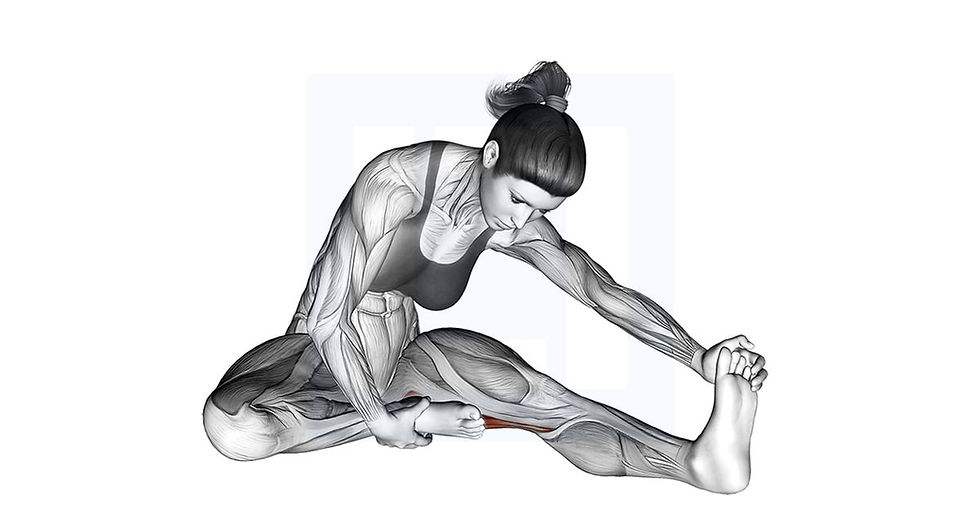IMPORTANCE OF HIP MOBILITY AND HAMSTRING FLEXIBILITY IN IT DESK JOB WORKERS
- Team PhysioQinesis : Credit Archit Vikharankar
- Aug 21
- 2 min read

In today’s digital age, a large portion of the workforce spends hours sitting at desks, working on computers. While IT and desk jobs are intellectually stimulating, they often come with a silent cost, the long-term health of our muscles and joints. Two areas particularly affected are the hips and hamstrings—critical to our posture and movement. Here’s why hip mobility and hamstring flexibility are so important for IT desk job workers.
The Hidden Risks of Prolonged Sitting
Spending hours in a seated position keeps the hips flexed and the knees bent, which can cause the hip flexors and hamstrings to gradually shorten over time. This muscle tightness restricts joint range of motion, affects posture, and can lead to persistent discomfort.
1. Hip Flexor Tightness:
Chronic flexion of the hips from sitting can lead to tight hip flexors. This not only limits mobility but can also contribute to lower back pain and challenges with core stability. Weak gluteal muscles—also common when sitting for long periods—make the hips and lower back even more prone to strain and injury.
2. Hamstring Shortening:
Sitting with bent knees causes hamstrings to shorten adaptively. Reduced hamstring flexibility impacts pelvic movement, increases lumbar strain, and elevates the risk of musculoskeletal issues.
3. How Does This Impact Desk Workers?
Research shows up to 52% of desk job workers develop measurable hamstring tightness after 6–8 hours of continuous sitting, causing poor pelvic tilt and increasing susceptibility to lower back discomfort. Tight hamstrings and hips also contribute to postural imbalances and poor motor control, setting the stage for chronic pain or injury.
4. Postural Changes:
Tight hips and hamstrings disrupt spinal alignment and pelvic motion, often resulting in slouched posture and increased musculoskeletal complaints.
5. Movement Limitations:
Reduced flexibility makes everyday activities—like bending, walking, or exercising—less efficient and more prone to injury.
Health Benefits of Improving Hip Mobility and Hamstring Flexibility
Regular stretching and movement can:
· Counteract muscle shortening and stiffness from sitting for long hours.
· Enhance core stability, posture, and overall movement patterns. Reduce pain and risk of work-related injuries.
· Improve blood flow, joint health, and ease of movement in everyday tasks.
Simple Strategies for Desk Workers:
· Take regular movement breaks (every 30–60min) to stand, stretch, or walk.
· Incorporate hip flexor, gluteal, and hamstring stretches into your daily routine—even simple desk-based stretches make a difference.
· Use ergonomic work setups to maintain better posture.
Here is a list of office-friendly exercises for hip mobility and hamstring flexibility.
· Hip Mobility:
1. Seated figure of four stretch

2. Seated hip rotations:


3. Hip Circles (Standing)

4. Standing Hip flexor stretch:

5. Chair Squat:

· Hamstring Flexibility:
1 Seated Hamstring Stretch:

2 Dynamic Standing toe touches:

3. Leg Swings:

Conclusion
Prioritizing hip mobility and hamstring flexibility is essential for anyone in an IT or desk job. Simple, proactive habits can dramatically reduce the negative impacts of prolonged sitting, supporting comfort, productivity, and long-term musculoskeletal health.




Comments